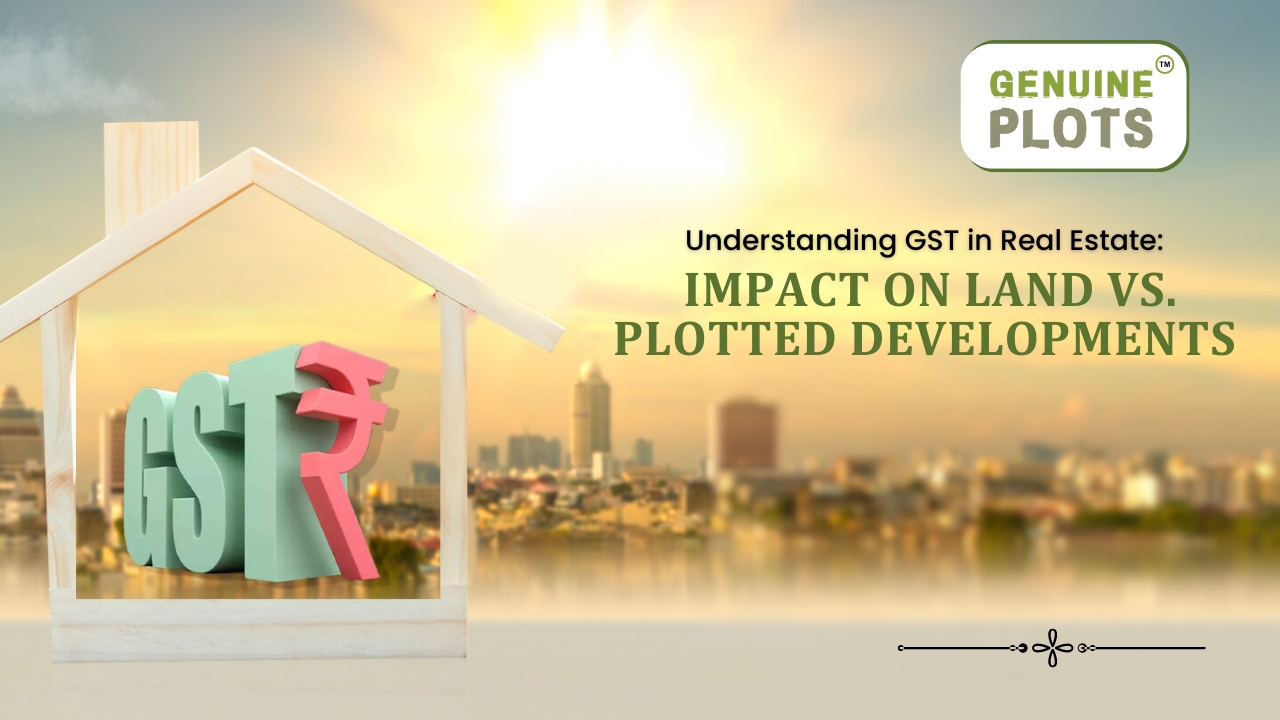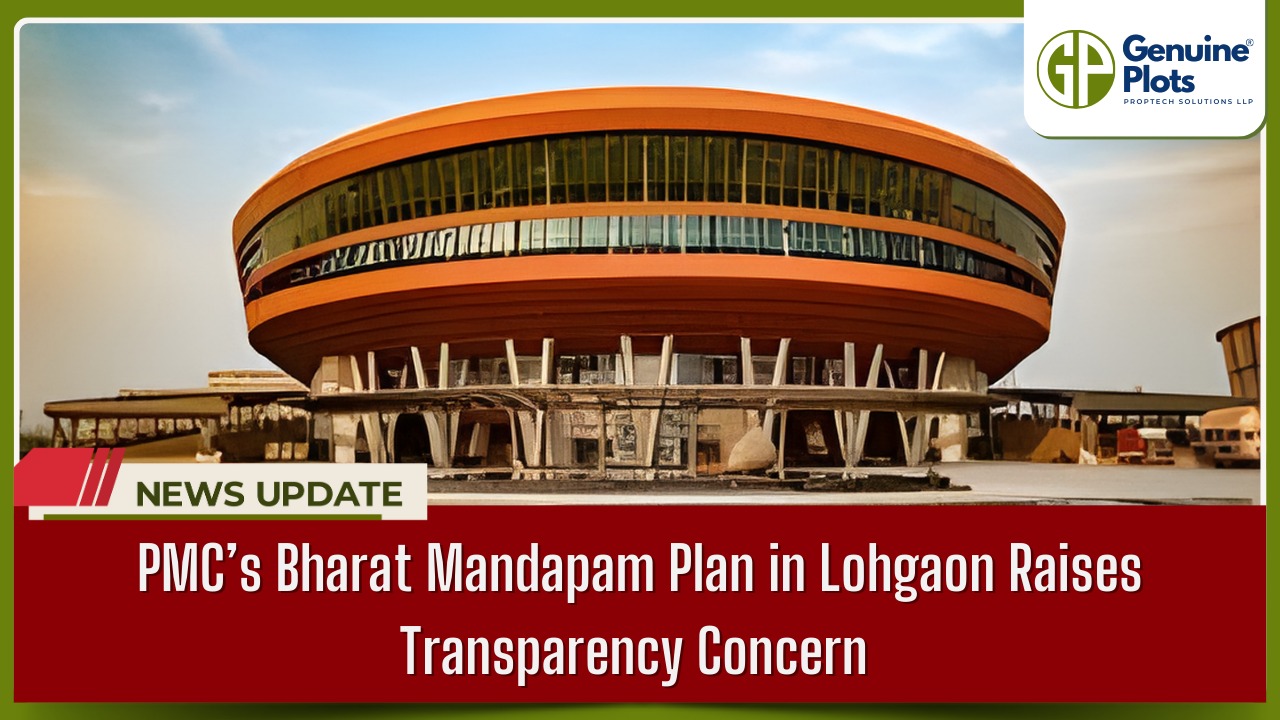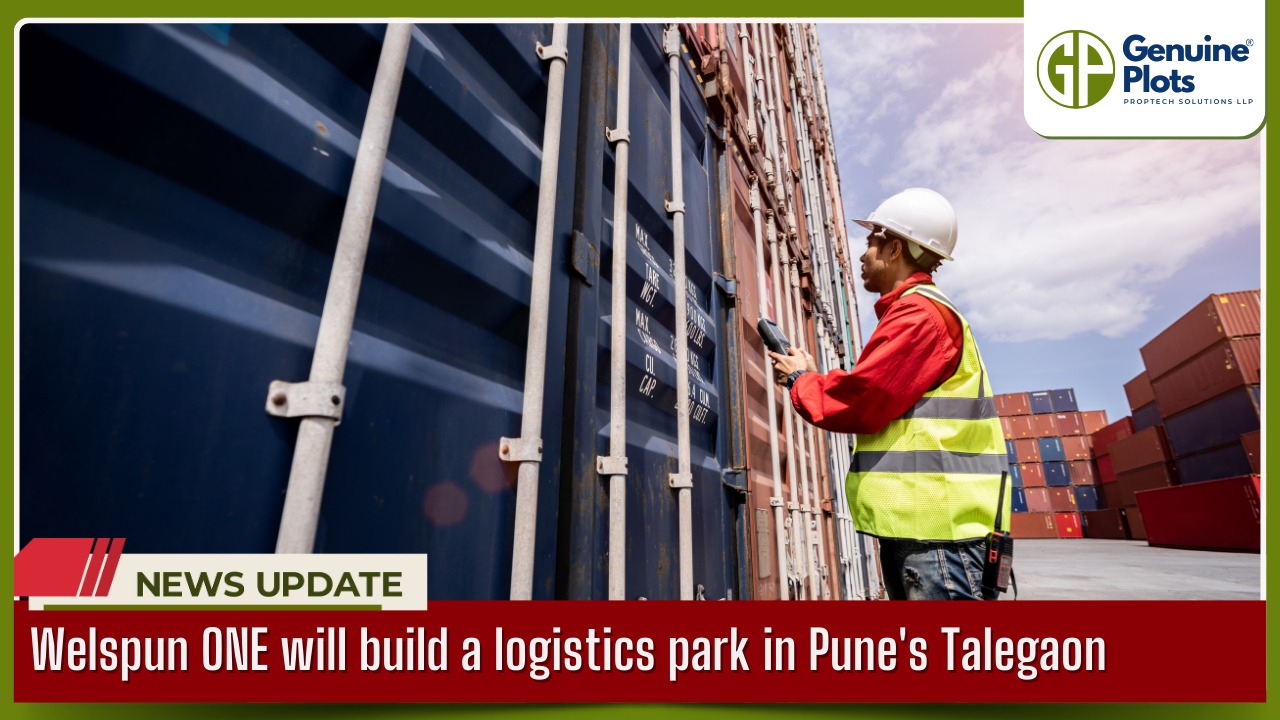Prev Post
What Is R Zone in MaharashtraUnderstanding GST in Real Estate Impact on Land vs Plotted Developments
The introduction (GST) in India on July 1, 2017, brought significant changes to how taxes are applied in various sectors, including real estate. This blog aims to clarify how GST impacts the sale of land versus plotted developments under this new tax regime, particularly for buyers and investors.
GST does not apply to those looking to purchase vacant land without any additional amenities, such as roads or pipelines. This means buyers only need to pay stamp duty, a one-time fee paid to register the property. However, if the land is sold with developed features like infrastructure or services, such as roads and utilities, GST at 18% is applicable on the development portion.
CGST Act
According to the CGST Act, the sale of plain land without any construction is considered an immovable property and is exempt from GST. On the other hand, plotted developments that include added amenities are classified as a 'supply of service,' attracting GST on the development charges.
This distinction is crucial for both buyers and investors in real estate. Understanding whether GST applies can help in budgeting and making informed decisions. For those interested in straightforward land purchases, knowing there are no additional GST costs beyond stamp duty simplifies financial planning. Conversely, buyers looking at plotted developments with added amenities should be aware of the GST implications on the developed components.
Summary
In conclusion, while land transactions remain free from GST, plotted developments involving infrastructure additions are subject to GST at 18%. This clarity empowers buyers and investors to navigate the real estate market with confidence, ensuring they factor in all applicable taxes and costs before making their investment decisions. Understanding these nuances can lead to smarter financial planning and more informed property investments.
Next Post
Your Guide to 8A Utara in Maharashtra






